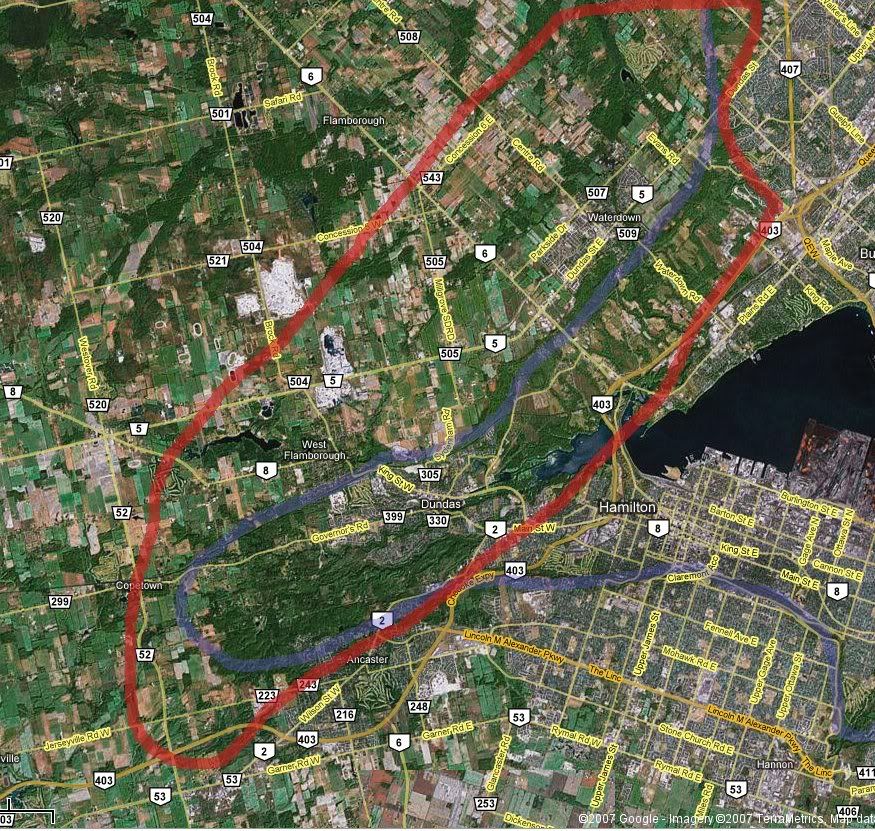Railways are still important to Region
(Oct 5, 2007)
The Niagara to GTA Corridor report highlights some important elements regarding rail transportation, but does not go far enough to examine the important role that railways play in economic development.
In the section regarding rail transportation, the report says, "service level perception boils down to reliability and scheduled delivery, which are increasingly required by shippers but generally not available by rail except for the largest customers."
The report adds that in the increased demand for rail service, Class 1 rail carriers are streamlining their businesses by divesting themselves of their least profitable lines. This, however, does not emphasize the important role that railways play in the province of Ontario.
Railways move more than 40 per cent of Ontario's goods each and every year, directly employing more than 10,000 people, and supporting tens of thousands of jobs indirectly. Eighty per cent of Canada-U.S. domestic and international rail traffic passes through Ontario's borders.
In fact, Ontario, which is home to 13 short line and regional railways such as the Southern Ontario Railway in the Hamilton and Brantford region, can help ensure green economic growth through supporting these railways.
Short line and regional railways originate more than 140,000 carloads of freight traffic each and every year, or the equivalent of 500,000 truckloads moving on area highways. These are raw materials and goods manufactured in Ontario, which are then moved to markets in the United States, Asia, and Europe by local rail companies.
Beyond that, rail also plays a key role in relieving traffic congestion and greenhouse gas emissions.
One intercity or commuter train can remove up to 1,500 cars off area roads. In fact, passenger trains carry more than 63 million passengers in Canada annually, and play a significant role in removing cars and congestion. VIA Rail Canada and GO Transit, as two examples, both play very important roles in the corridor.
The addition of just one freight train removes the equivalent of up to 280 trucks. In addition, one train that moves 1,000 kilometres will save 4,000 tonnes of greenhouse gas emissions compared to moving those goods by truck.
So important are short line railways to the local economy and the environment that other provinces have acted on maintaining them. A new public-private partnership recently signed in Quebec is ensuring the sustainability of short lines by investing $75 million in rail and intermodal infrastructure in the province over the next five years.
Under the new agreement, the Government of Canada, with first-time funding for rail infrastructure from the Canada Strategic Infrastructure Fund, will contribute $30 million, while the Government of Quebec will contribute $20 million and the short line railways will contribute $25 million.
A similar agreement in Ontario could help to maintain the short line railway infrastructure in the province and the region, and ensure the economic growth that comes from the sector.
So, while the recent report regarding the Niagara to GTA corridor does suggest an increase in jobs and added revenue, it is also important to closely examine the role of railways and how they too can contribute to the region's growth.
Cliff Mackay
President, CEO
Railway Association of Canada





